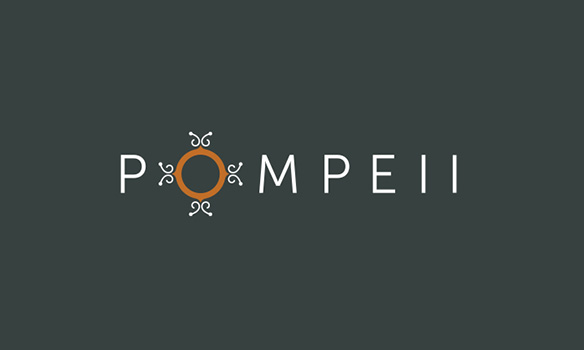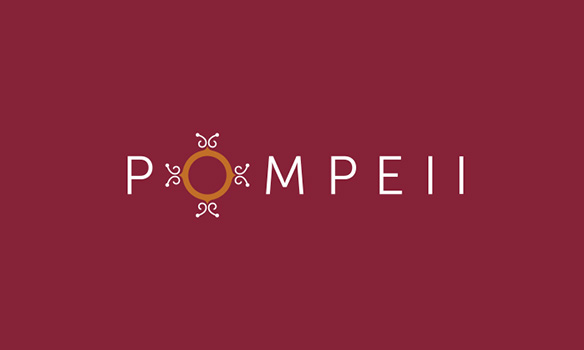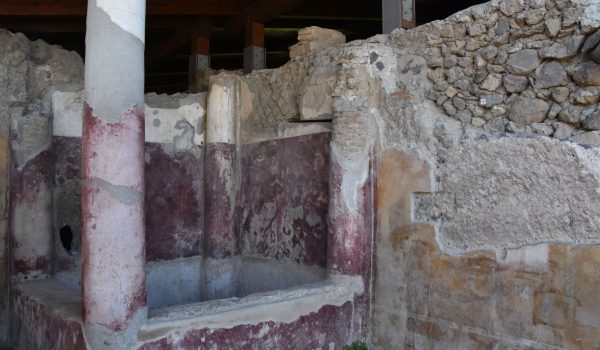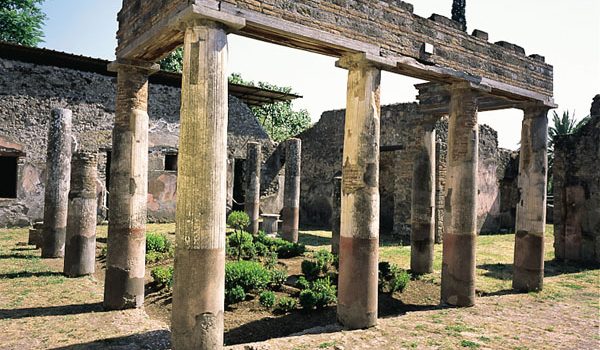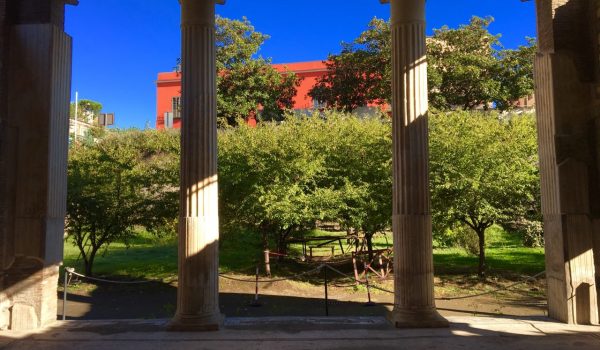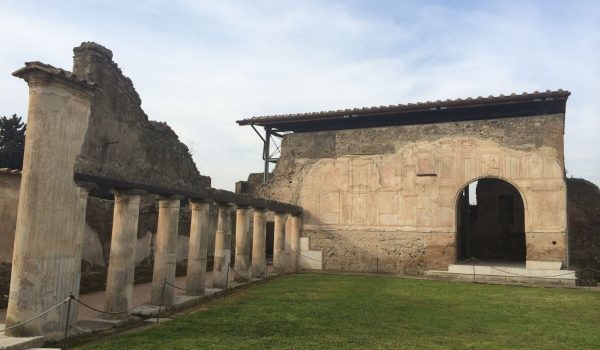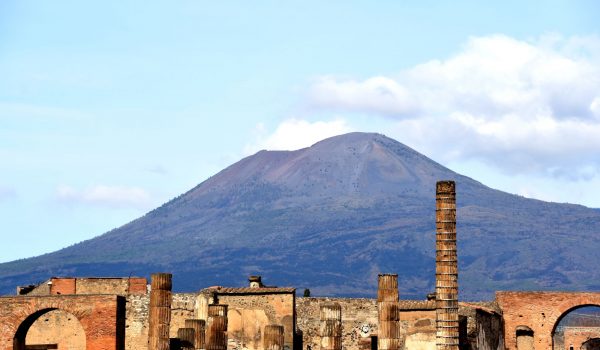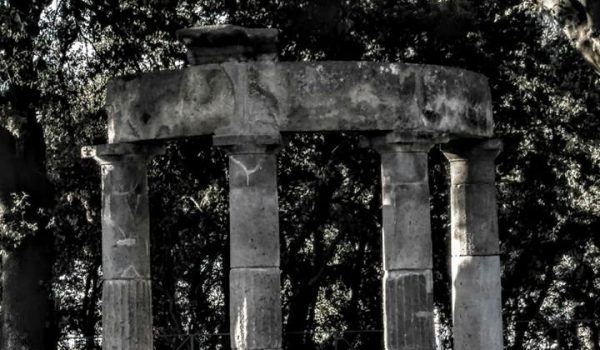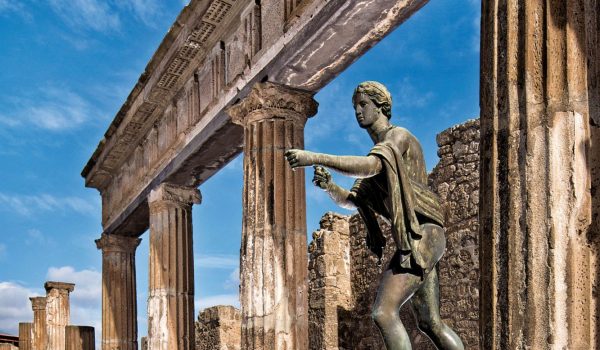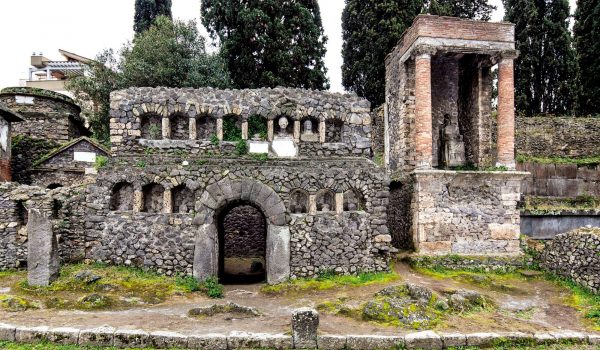APP’s Excavations and Research, Sanctuary of Apollo Carlo Rescigno (University of Campania ‘Luigi Vanvitelli’) APP Contact Person Giuseppe Scarpati The latest research carried out investigated the earliest periods of occupation of the area and collected data about the location of the monuments before the construction of the late Hellenistic temple. A strong stratification of volcanic deposits has emerged through the collection of samplings taken from deeply dug trenches. This stratification was created by a series of volcanic activities spanning between the disastrous Avellino pumice eruption and the previous periods in history. The complex stratification sequences also include human activities, as attested by a small yet significant amount of fragments found among the fill layers. This proves that the area of the sanctuary was inhabited from the earliest phases in Pompeii's history and maybe long before, as confirmed by the discovery, during Maiuri’s excavations, of an Iron Age spiral arc fibula and of some new fragments found among the fill layers of the east portico. Particularly interesting for the earliest phases in Pompeii’s history and for the urban planning of the area next to the Forum is the discovery of a street remodelled many times, buried under the pavement of the west portico of the sanctuary, consisting in a series of road surfaces and a fragment of the east headwall. The earliest levels seem to date back only to the more ‘hellenized’ recent past, showing a lack of road maintenance and a stop in the street's slow development, spanning over the decades between the second quarter of 5 th and the mid-6 th century B.C.
…Read more

